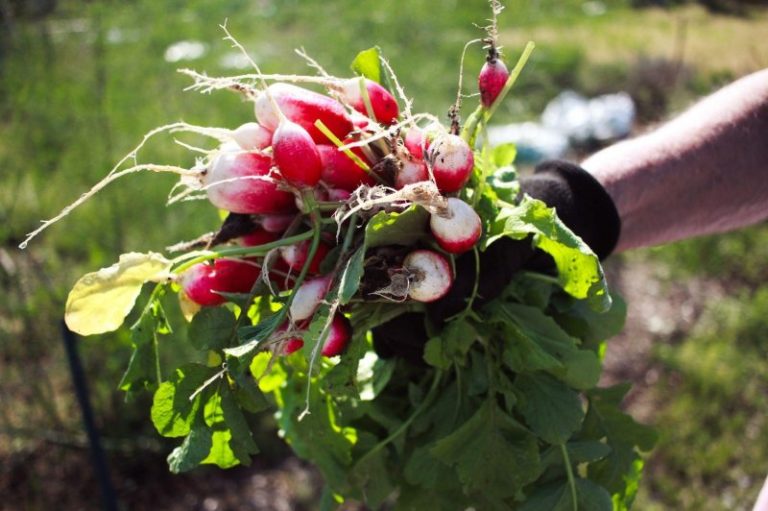Having your very own veggie patch is a gratifying experience. You save a bundle of money on groceries, organic veggies are fresh and healthy, tending to your garden gives you plenty of exercise, and research has shown gardening also provides stress relief.
Perhaps the only downside is that vegetable patches are not set-and-forget, nor are they plug-and-play.
Mulch is Your Secret Power
Mulch is a versatile addition to any garden; when it comes to a veggie patch, it’s an essential component. There are lots of advantages to mulching:
● Suppresses weed growth
● Helps moisture retention
● Deters a range of pests
● Warms soil during the spring
● Protects roots from extreme weather conditions
When it comes to mulching, you will have the choice of many different types. There’s a bit of a science to the mulch selection process, but don’t let that deter you. The benefits of mulching will become apparent very quickly!
Weeding (and more Weeding!)
Vegetables and weeds compete for resources. If you let your weeds get out of control, they’ll win the battle for food and water; your veggies will suffer!
The positive thing is that every season starts with a brand new page. If you let things get out of hand last year, here’s your chance to start afresh! Once you plant your veggies, you can stay on top of your weeds pretty easily.
The main thing you need to do is remove them as soon as you see them. Don’t give them a chance to grow. Here are some of the basics you need to keep in mind:
● Remove the roots completely. If you leave even a tiny bit of the root, it will re-grow. Check and double-check that you have done this.
● Use mulch or black plastic to cover weeds. This will prevent the necessary sunlight to reach them, meaning that they will eventually die on their own.
● Weed following rain, as this makes it far easier to completely pull out weeds and their roots.
If you keep on top of the weeding, you will likely not need herbicides. However, if you find yourself tempted to go to the store to buy industrial weed killers, think twice. Ideally, try to stick to organic alternatives.
Avoid Overcrowding
Just like most people, plants don’t like crowds. To ensure your veggies have plenty of space to grow, avoid overcrowding. Plants need space to get enough light, nutrients, and water. If they’re competing for resources, you will not see optimal growth.
Not only that, overcrowding can lead to disease. This is because you will find additional humidity, which is a hotbed for diseases like downy mildew and rust. These can cause great damage to your veggie patch.
To limit accidental overcrowding, make sure you keep an eye on your plants. Trim anything that looks damaged or old, and if you suspect overcrowding, perhaps consider rearranging your space a little bit.
Examine Before You Buy
Don’t have buyer’s remorse. Examine any plants you are considering purchasing very carefully. There is every chance that you will buy a sick plant, which will introduce disease to your garden.
It’s not always easy to know what a ‘healthy’ plant looks like. But you can always ask! If you are unsure, ask someone who works at your local garden centre. Or read for a few weeks and watch YouTube videos on the topic. It’s definitely an experience thing and once you know, you know.
Water Your Garden on the Regular
When it comes to your vegetable garden, the magic formula is water + sunlight = lots of lush veggies. The sun covers half of that equation, but the water you will need to monitor.
Rain isn’t always on the cards, especially during hot summers. Ideally, you want a drip irrigation system installed. It’s pretty easy to achieve, even for a novice gardener, so don’t be intimidated by the idea!
The advantage of having a drip irrigation system is that it’s easy to get the right amount of water directly to your plants. Because the water moves right into the plant’s root, you don’t have to worry about evaporation loss.
Our final piece of advice is to keep things consistent. Tending to your veggie patch is a marathon, not a sprint. Try and spend even just 5-10 minutes gardening every single day. Usually, that’s all it takes to keep your garden lush, fresh, healthy, and producing delicious fruits and vegetables for your household.
Consistency is Key
Remember, you can’t ‘catch up’ on what you’ve not done. If you haven’t even looked at your garden once this week, that doesn’t mean you can squeeze all the work in on a Sunday afternoon.
You’ll soon find that you will want to spend more than the bare minimum gardening. It’s fun and relaxing; there’s no better way to get your vitamin D!
Apart from that if you want to know about 10 Spring Garden Tips then please visit our Lifestyle page

